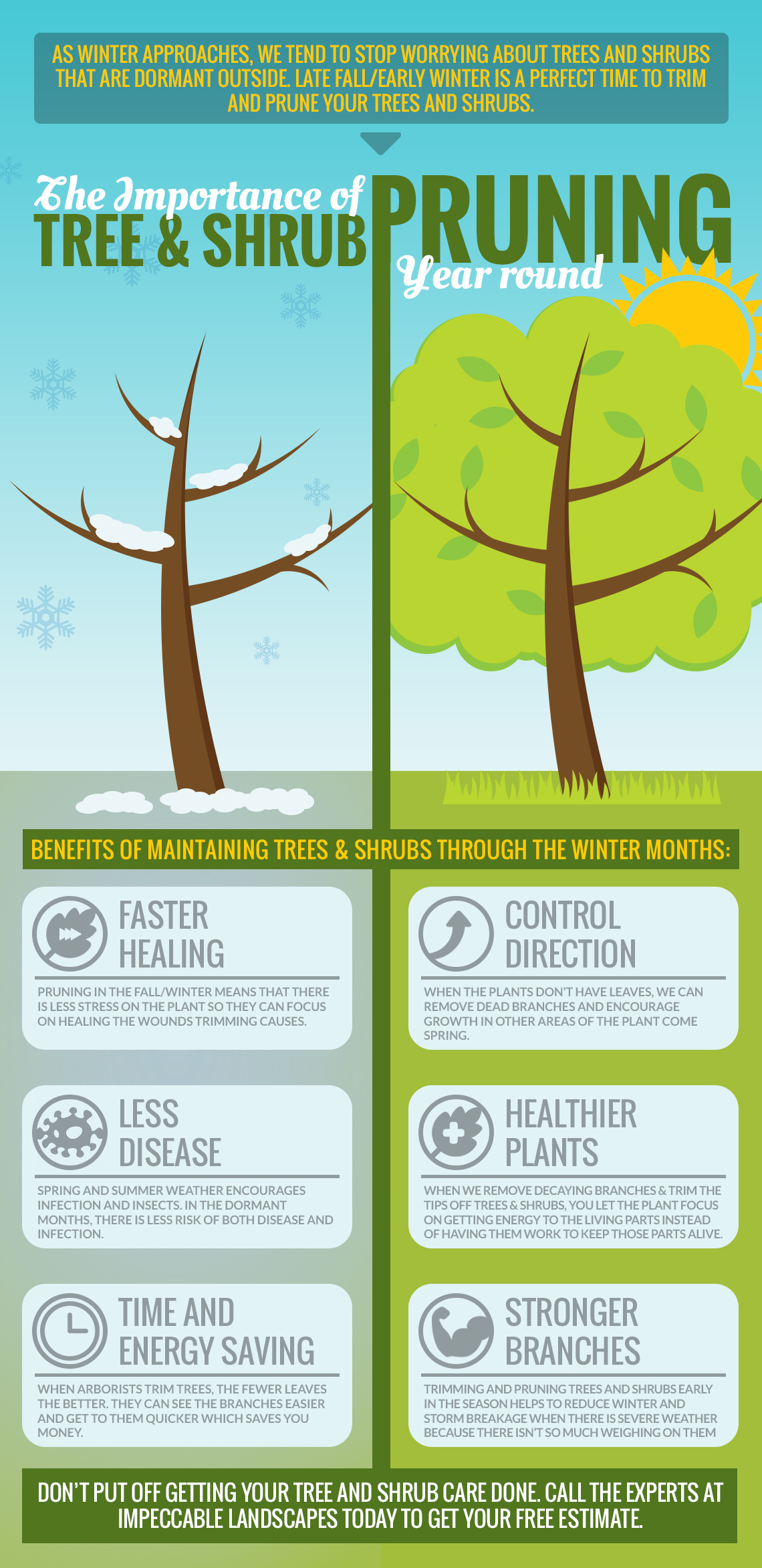The Future Of Trees: How To Identify When Removal Is Called For
The Future Of Trees: How To Identify When Removal Is Called For
Blog Article
Write-Up Author-Damm Harrington
If you've ever questioned the fate of the trees on your residential or commercial property, comprehending when it's time for elimination is essential. But just how do you figure out if a tree can be saved or if removal is the only alternative? By seeking specific indicators and assessing safety and security dangers, you can make enlightened choices that profit both your landscape and your environments. Let's explore the vital elements that come into play when determining the fate of a tree and just how you can make sure the most effective outcome for your green friends.
Indications of Tree Decrease
If you notice any one of the adhering to signs of tree decrease in your yard, it may be time to consider tree elimination.
One common sign is dead or decaying branches, which can indicate underlying concerns impacting the tree's health and wellness. Look out for discolored or wilted fallen leaves that persist even with correct treatment, as this could be an indication of illness or insects.
One more warning signal is excessive leaning or a noticeable change in the tree's base, which might suggest origin problems or structural instability. Keep garden maintenance cost out for fungal development on the trunk or origins, as this can show rot and compromise the tree's security.
Furthermore, if go here observe large splits in the trunk or major limbs, it's essential to deal with these concerns immediately to avoid possible hazards. Attending to these indicators of tree decline immediately can assist maintain the safety and visual appeals of your backyard setting.
Safety and security Issues
To ensure the well-being of your home and those around you, focusing on safety issues related to trees is vital. Trees can pose different safety dangers if not appropriately kept. Dead or decaying branches might drop suddenly, threatening people or destructive structures.
Leaning trees can likewise be hazardous, especially if they're leaning towards a building or power lines. In addition, trees with considerable origin systems near foundations or underground utilities can cause considerable damage over time.
It's vital to regularly inspect your trees for any indicators of possible risk. Keep an eye out for splits in the trunk, large cavities, or indications of illness and decay. If you discover any one of these problems, it's best to consult with a professional arborist to assess the scenario and identify the required course of action.
Taking aggressive actions to attend to security concerns without delay can stop crashes and building damages in the future. Bear in mind, the security of your home and those around you must constantly be the top priority when it involves tree upkeep.
Consulting an Arborist
When considering the health and safety of your trees, seeking advice from an arborist is a crucial action. Arborists are trained experts who specialize in the care and maintenance of trees. They can assess the overall health and wellness of your trees, determine any type of issues such as conditions or architectural problems, and give expert referrals on the most effective course of action.
By speaking with an arborist, you can obtain important understandings into the condition of your trees and establish whether elimination is needed. cutting edge tree service have the expertise and experience to assess the dangers connected with maintaining a tree versus removing it. They can also use guidance on different options, such as pruning, cabling, or supporting, to aid protect the tree whenever possible.
Moreover, arborists can assist you navigate any kind of neighborhood laws or allows that might be needed for tree removal. Their competence can make certain that the procedure is accomplished safely and in compliance with any kind of appropriate regulations.
Final thought
To conclude, when identifying whether trees can be saved or if removal is required, it is essential to take into consideration indications of decline and safety and security problems. Consulting an arborist for an extensive analysis is essential in making the very best decision for the tree's health and prospective risks. Keep in mind, aggressive treatment and prompt activity can assist preserve trees and avoid mishaps.
